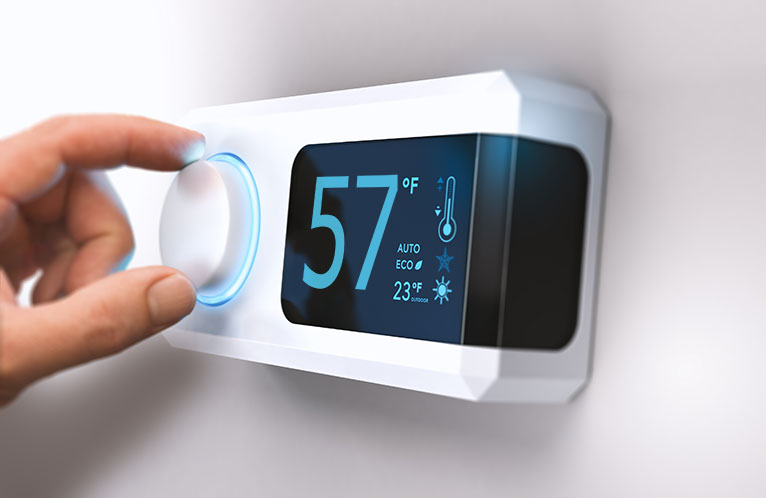Engineers will typically design for a supply air temperature at 10 degrees above traditional occupied spaces outside of the kitchen. Supply air is usually brought into an occupied space at 57°F/14°C off the coil to mix with room air to maintain a specified space temperature at design conditions. In a kitchen, due to the air exchange rate (how fast the room air is removed and replaced in an hour), the temperature would be higher since the primary concern is not on occupant comfort for make up air, but tempering it and removing latent load (moisture). In some instances you will see the temperature at “space neutral”, basically bringing the air in at the same temperature as the ambient condition in the space. This should be looked at closely so you can determine if you are adding moisture to the space from outside air not fully condensed.
Some rules of thumb: At a minimum, the make up air should be at the moisture and temperature level of the space design conditions so as not to add any additional cooling or de-humidification requirements.
Supply air must be introduced into the kitchen in an amount and condition capable of meeting the combined load in the space. The load includes radiant load (think of the sun’s rays) from appliances under the hood as well as other internal loads (refrigeration, people, etc) and external loads (walls, roof, windows etc)

